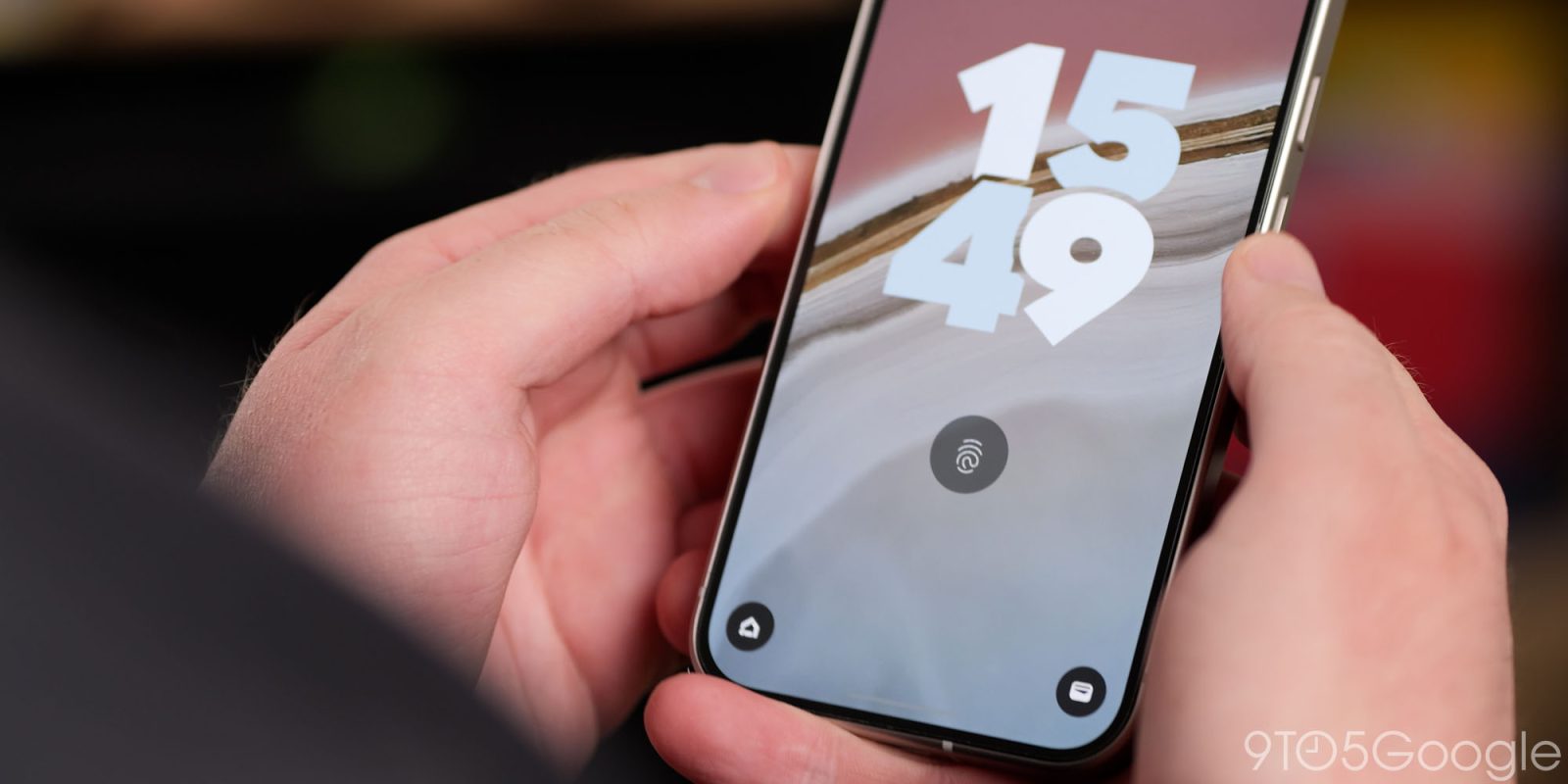
In-display fingerprint sensors have become commonplace in virtually all Android smartphones, for better or for worse, and five years later we’re finally seeing the ultrasonic variety widely used by more devices.
Fingerprint sensors take three main forms. There are the “physical” capacitive sensors that were used for a long time, such as on the back of Samsung and Google Pixel devices, and which are still used in many foldable devices today on sensors that are built into the power button.
Then, there are two forms of in-display fingerprint sensors – optical and ultrasonic.
Optical sensors were the first to be used, having been announced back in early 2018, but both optical and ultrasonic started to be used widely starting in 2019. Samsung’s Galaxy S10 series was the first place that ultrasonic sensors were used, with the S10 and S10+ both using an ultrasonic sensor from Qualcomm. Samsung has continued to use these sensors through each Galaxy flagship over the past few years, with updates to the hardware every once in a while. The quality of these sensors started off a bit rocky, but has improved dramatically with time.
Meanwhile, other brands used almost exclusively optical fingerprint sensors. OnePlus, Google, Xiaomi, and every other notable brand was using some form of optical sensor, with speed and accuracy varying quite a bit between brands.
For the most part, the difference between these sensors in terms of functionality is hardly anything, but there are some clear advantages for ultrasonic over optical. Most notably, there’s not a bright light shining at your finger, which can be rather annoying when using your phone in a dark environment.
Yet, despite some tangible upgrades, ultrasonic fingerprint sensors have been missing from the vast majority of Android phones for the past five years, only really showing up in Samsung’s flagships (while the company used optical in its more affordable devices).
This is finally changing, though.
As the latest batch of Android smartphones, the devices that will launch globally in 2025, start to launch in China, we’re seeing ultrasonic fingerprint sensors more broadly used. This includes Xiaomi 15, OnePlus 13, and Honor Magic 7. Vivo’s X200 Pro and the iQOO 13 also made the switch as well. All five devices have upgraded to ultrasonic fingerprint sensors after their predecessors used optical sensors.
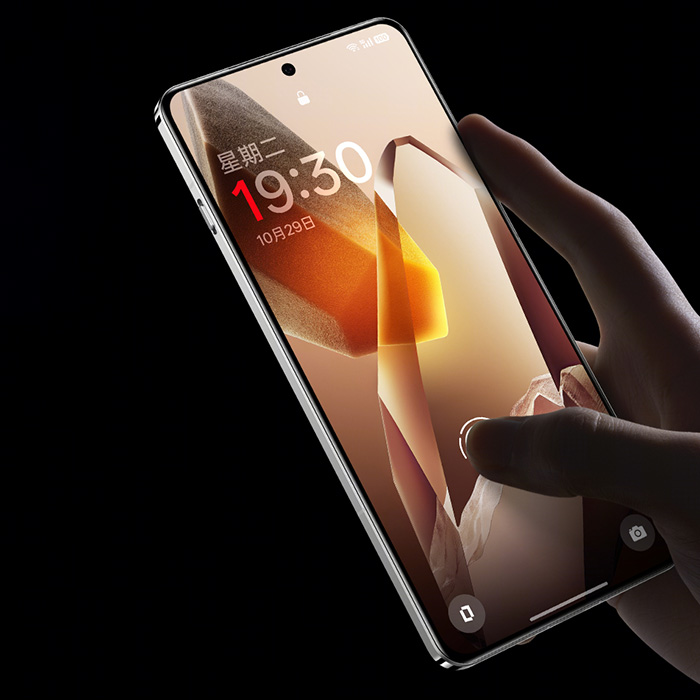
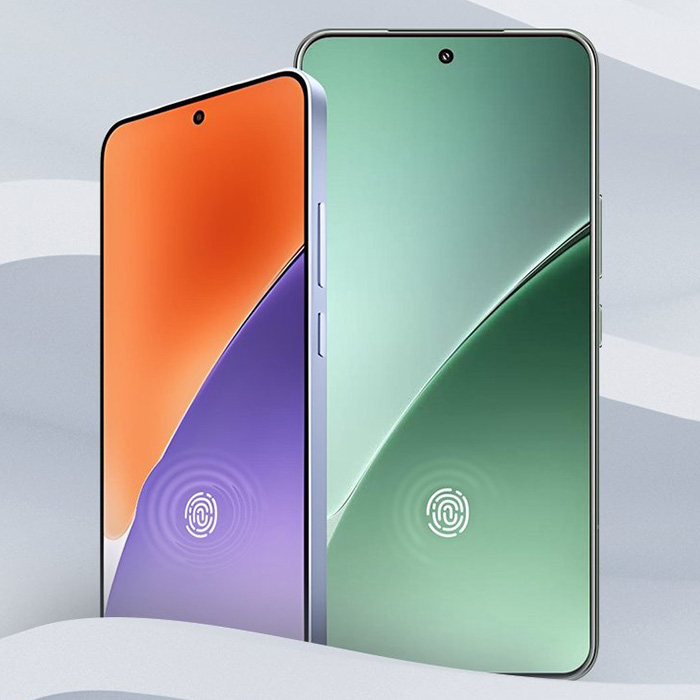
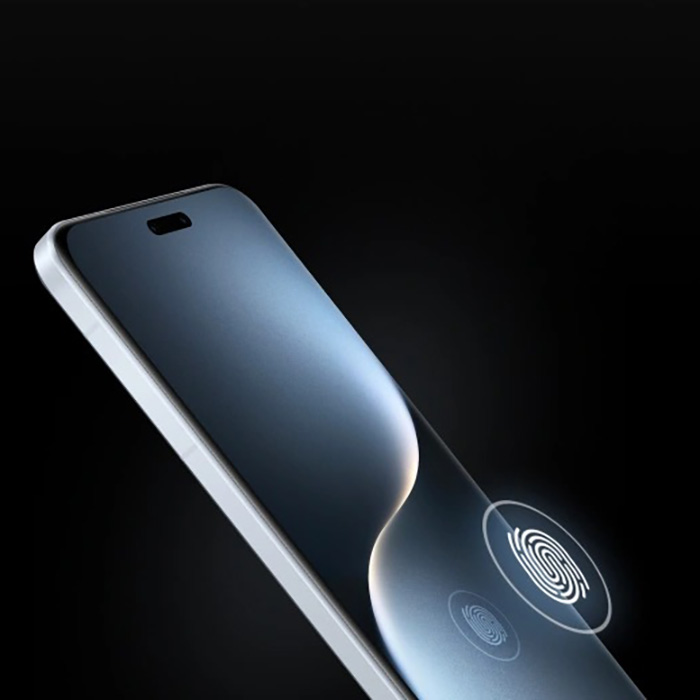
The sudden change can, in part, be chalked up to broader availability of this tech. Goodix, a brand that has supplied many of the industry’s optical fingerprint sensors, now supplies the Xiaomi 15 with an ultrasonic sensor. But there’s also just a clear shift in the flagship space to this tech in general. Google opted to move the Pixel 9 to one of Qualcomm’s ultrasonic fingerprint sensors earlier this year after a few generations of user complaints with the optical sensors that were used on Pixel 6, 7, and 8.
Top comment by mark7983
folks on pixel 9 series phones with ultrasonic fingerprint sensors and glass screen protectors...have you found the proper glass screen protectors that work well with the ultrasonic fingerprint sensor? I guess the question could be aimed at any ultrasonic fingerprint sensor devices, but i'm also interested in pixel 9 series users too. maybe privacy glass screen protectors too.
After five years, it’s great to finally see this move. Optical sensors won’t be going away entirely, as they’ll likely be used on devices with lower price points for the foreseeable future.
But what do you think? Have you tried an ultrasonic fingerprint sensor? Do you have any preference for one over the other?
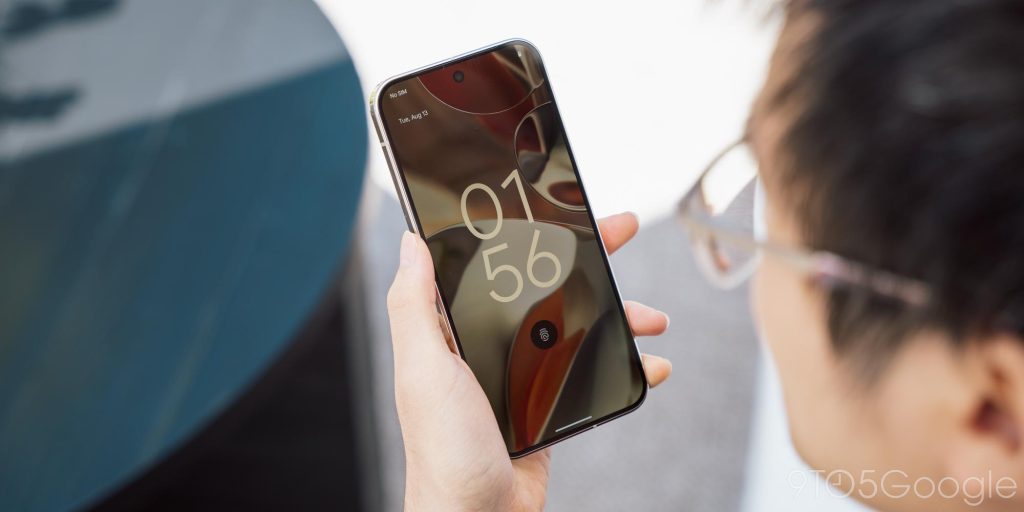
More on Android:
- Honor Magic 7 and 7 Pro debut in China with Snapdragon 8 Elite, will launch globally
- Xiaomi 15 series launches as first phones with Snapdragon 8 Elite
- OnePlus 13 officially gets ultrasonic fingerprint sensor, ‘4D’ haptics, IP69 water resistance
Follow Ben: Twitter/X, Threads, Bluesky, and Instagram
FTC: We use income earning auto affiliate links. More.



Comments